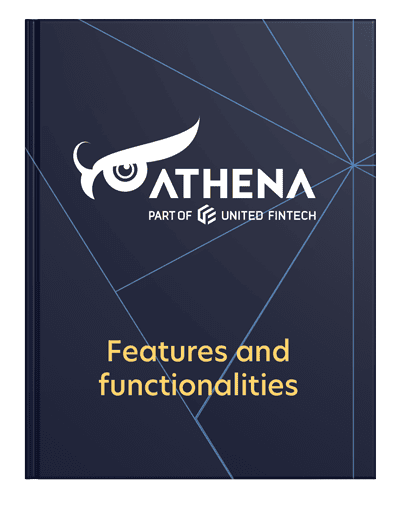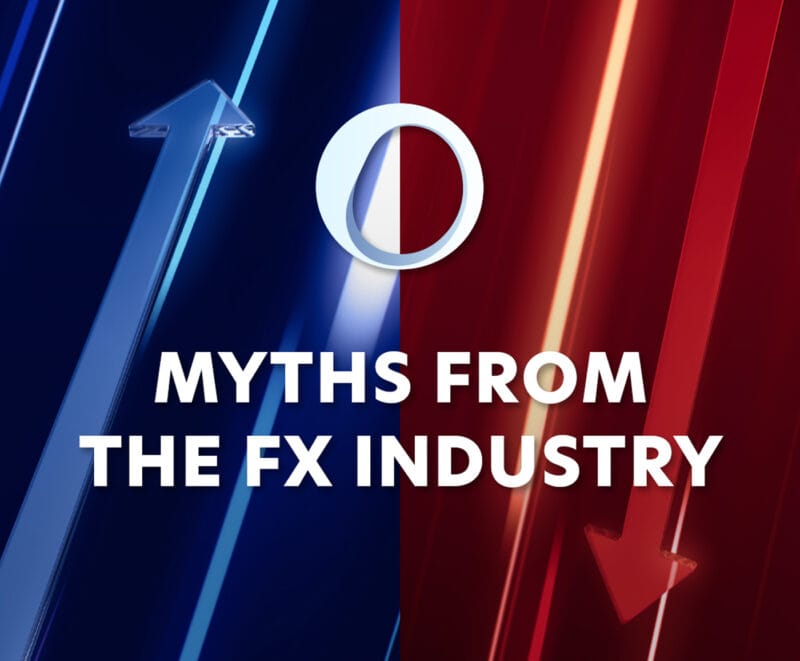Every company today is a technology company. That’s certainly true in the financial services industry, which is on the front lines of cutting-edge tech from AI to blockchain to robotics.
But in an industry weighed down by increasingly obsolete legacy systems, technology can sometimes become more of a burden than a blessing.
Risk-averse leaders have been unwilling to significantly revamp their core systems, leading to many companies investing heavily in maintaining outdated applications. In some cases, businesses are spending up to 80% of their IT budgets just to support legacy systems.
Now, the tides seem to be shifting. According to a survey by Tata Consultancy Services and AWS, 70% of C-level executives list legacy modernization as a strategic business priority. This may be because it’s increasingly apparent that future-proofing an organization depends on the ability to easily integrate with new partners and services, in a cloud environment, while supporting big data initiatives — something that legacy systems are typically unable to handle.
But before we trash the systems that have been our foundation for so long, let’s take a moment to appreciate what they’ve given us — and what they’re costing us now.
The beauty and the tragedy of legacy systems
A legacy system is any piece of software or hardware that is outdated but still in use. Still, systems become legacy for a reason.
Some legacy systems are so vital to a business that without it, a company literally could not function. These systems birthed new industries and maintained them for a long time, especially by modern standards.
Unfortunately, sometimes the technology outlasts the people who maintain it.
On the hunt for new technology? Here are 50 questions to help you choose the right fintech partner. Learn more
In the US at the start of the pandemic, millions of people filed for unemployment, overwhelming the vastly out-of-date digital systems. As online portals crashed in multiple states, the government tried to find more programmers who were proficient in COBOL — which dates back to 1958 — and came up short.
Another industry that relies heavily on COBOL-based applications? Banking. According to the Financial Times, “the shortage of developers trained in the Cobol [sic] programming language that drives most bank mainframes will force them to [upgrade].”
At the end of the day, legacy systems are difficult to replace because they are so mission-critical. They sit at the heart of a business, and replacing them requires both big investment and heavy planning.
The mounting costs of running legacy software
Legacy systems may still be serviceable — and often deeply ingrained in a company’s day-to-day operations — but they lack critical functionality.
In some cases, legacy systems are unable to integrate with newer technologies. In other cases, maintaining or upgrading legacy systems has become cost-prohibitive either due to the costs of supporting out-of-market hardware or increasingly niche programming languages.
At the end of the day, running legacy systems is simply not scalable, for a number of reasons:
Slow, inefficient, and unreliable
With the rapid pace of technological development, legacy systems don’t need to actually be very old to be outdated. Still, any piece of technology that doesn’t allow for regular updates is quickly going to become obsolete.
Want access to the best fintech products on a central platform? Our platform reduces costs, drives automation, and delivers efficiency within Capital Markets. Learn more
Many legacy systems are unequipped to handle modern data types and quantities, resulting in slow processing times or inefficient conversions to retrofit data to suit the system. They may not support mobile usage, limiting its utility.
In an attempt to overcome these barriers, some companies create patchwork solutions with customized integrations or single-function add-ons, ultimately increasing the complexity of the legacy system without future-proofing it at all.
Difficult to integrate with new software
Technology today has to play well with others, and modern software is often rated for its interoperability. Legacy systems which predate modern integration standards will never be able to catch up with the latest technologies.
That means that every time you want to incorporate a new feature, data set, or external integration, you have to create a custom integration or build the functionality from scratch — and that adds up.
Security risks
Data security is an increasing concern as ever-growing amounts of sensitive information are processed in the cloud.
Legacy systems can lag behind modern security standards for a number of reasons. They may no longer be supported by the original vendors, meaning they’re no longer getting updates for (or even notifications about) the latest vulnerabilities. When something goes wrong, it can be difficult to find the source of the issue within opaque and complex systems.
Obsolete software, hardware, and skills
As legacy systems grow older, there is a diminishing number of people who are capable of maintaining them. Older or obsolete programming languages and out-of-market hardware require specialized skills to manage, which leads to siloed teams and difficulty finding new support staff.
The problem compounds as component parts such as third-party software, APIs, or other services are discontinued.
A simpler way forward
When it comes to legacy systems, companies have two options: maintain it or replace it. There’s a pretty convincing case for replacing truly outdated systems — so why do so many companies delay?
Aside from the upfront investment, switching away from a core system is a significant risk. In fact, according to the 2021 Mainframe Modernization Business Barometer Report, 77% of organizations “have started but failed to complete at least one modernization program.” Common barriers include a lack of planning, lack of the right IT skills, and lack of information about the legacy systems themselves.
Looking for a partner in digital transformation? United Fintech is here to empower financial institutions to thrive and compete in the digital era.
On top of all this, once a viable solution has been found — often after an extensive vetting process — there is then an extended integration and onboarding period. During this time companies need to invest heavily in internal training to ensure proper adoption.
Still, when managed effectively, the results can be massive. That same report estimates that by modernizing just one aspect of their legacy systems, US organizations could save an average of $28 million a year. Within the financial services sector, that number jumps to $40 million.
In a report looking at the costs of legacy systems in the insurance industry, Accenture found that switching to a new, modern system “introduces back-office and process efficiencies that typically reduce IT operating costs by 20 to 30 percent, development costs by 20 percent, application and infrastructure costs by 25 percent, and service costs per policy by 30 percent.”
After an initial period of up-front investment in the new system, these cost savings over time greatly outperform the long-term costs of maintaining a legacy system.
Planning for a legacy of success
Upgrading legacy systems requires an investment of both time and money — something that such a mission-critical technology certainly deserves.
However, organizations can reduce their risk and speed up the process by selecting technology partners that take on the burden of vetting vendors in advance. With the right fintech partner, financial services companies can confidently make plans for their digital transformation.
After all, every company may be a technology company — but that doesn’t mean you have to go it alone.
About United Fintech
United Fintech offers the best fintech products on one central platform. We enable banks and financial institutions to access innovative digital technologies — including real-time data, trading charts, and financial news — by partnering with engineering-led fintech companies with proven capital markets products.
Learn more at https://unitedfintech.com/














